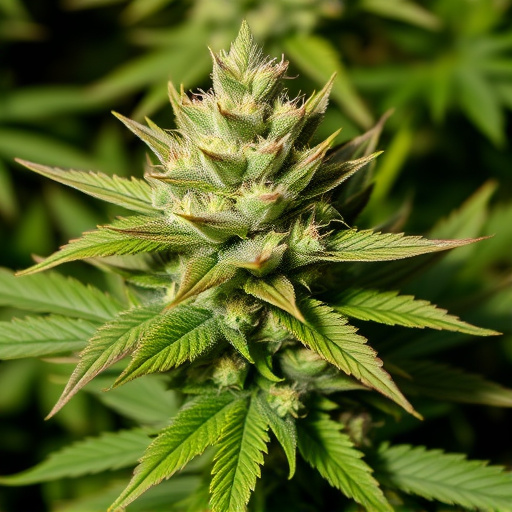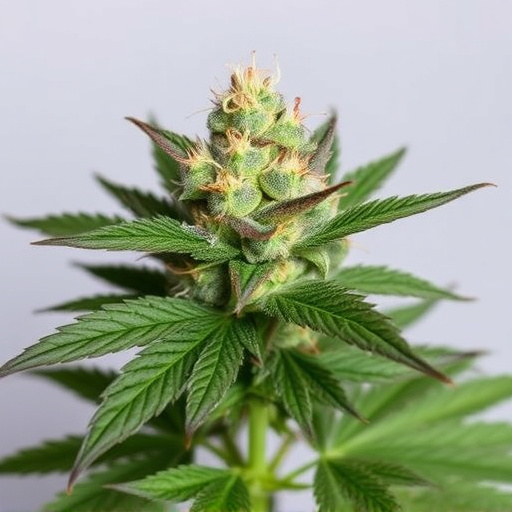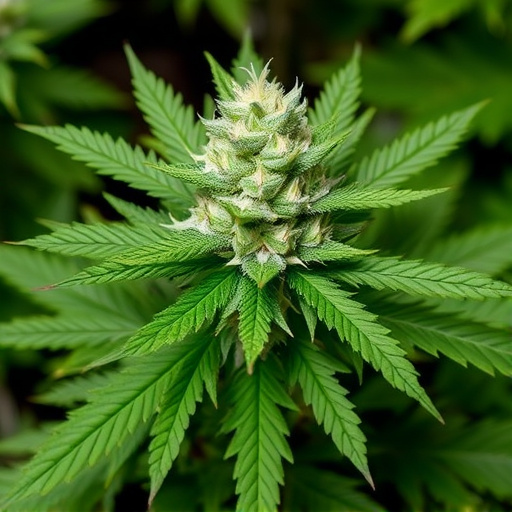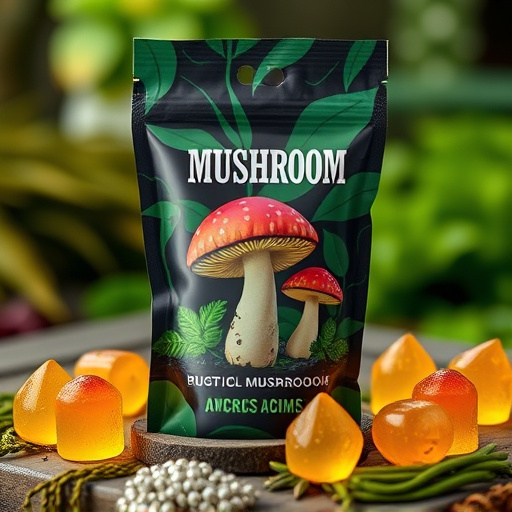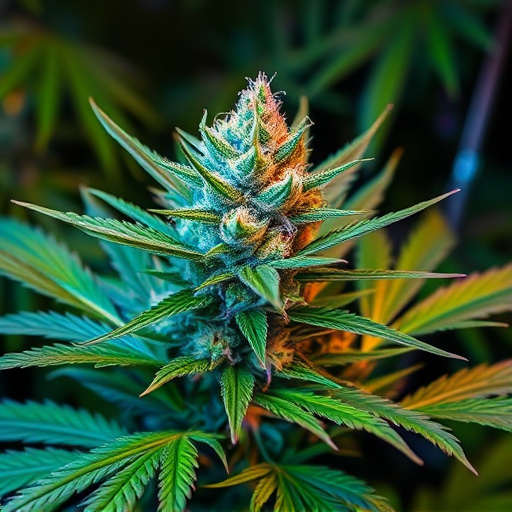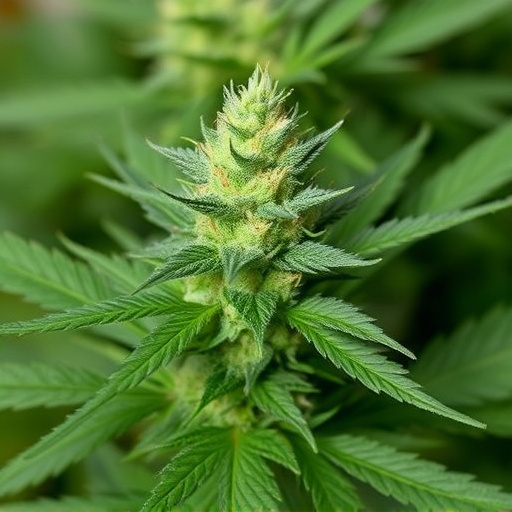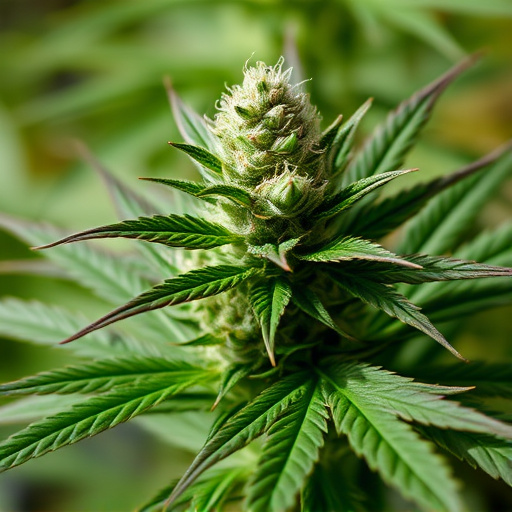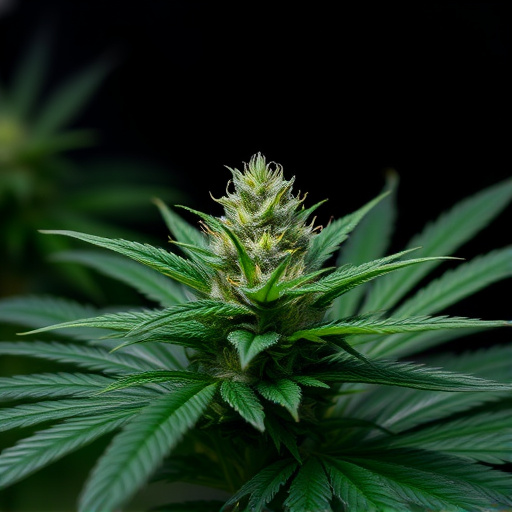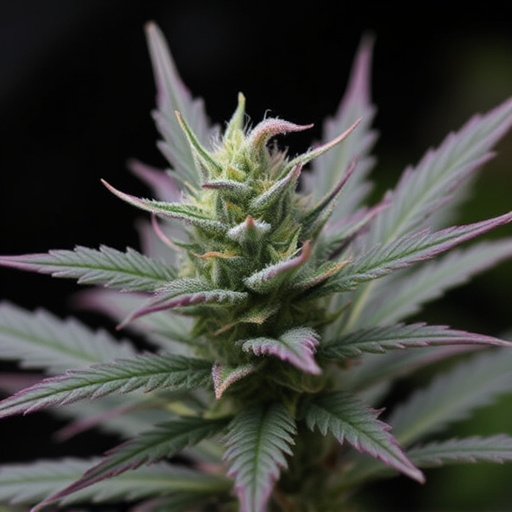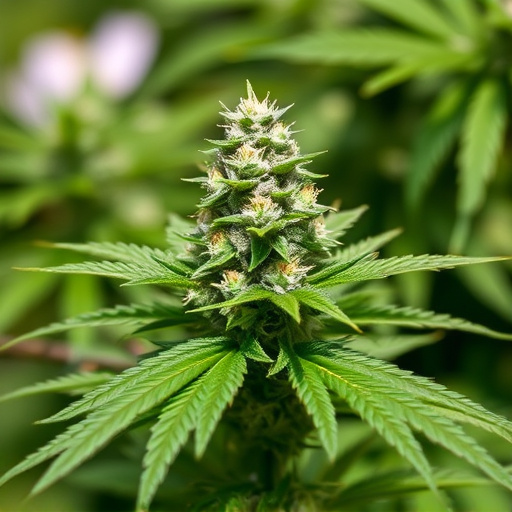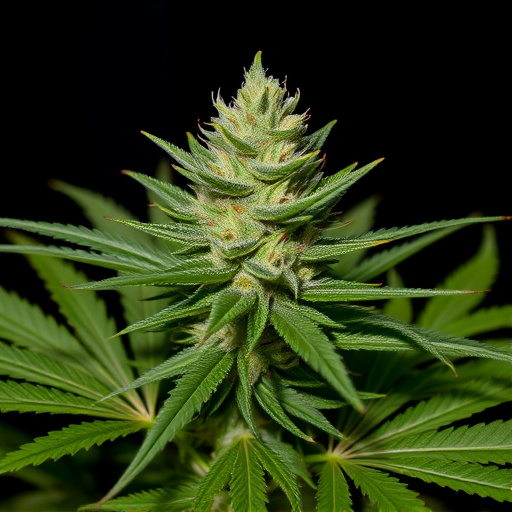Cannabis flower's medicinal properties stem from cannabinoids like THC and CBD, which interact with the body's endocannabinoid system (ECS) to alleviate conditions such as chronic pain, anxiety, epilepsy, and nausea. The best cannabis strains, like Blue Dream and Northern Lights, offer tailored relief for specific needs based on their unique chemical profiles: Indica strains for chronic pain and Sativa strains for anxiety and depression. Terpenes also contribute to therapeutic attributes. Understanding these compounds is crucial for leveraging the medical benefits of the best cannabis strains.
Cannabis flower has gained significant attention for its medical potential, offering a natural alternative for various health conditions. This article delves into the science behind its effectiveness, focusing on understanding the complex chemistry of cannabis and its key compounds. We explore how specific strains, such as those known for their high CBD or THC content, cater to diverse medical needs. By examining the therapeutic effects of these compounds, we uncover why certain cannabis strains are considered the best treatments for specific ailments.
- Understanding Cannabis Flower Chemistry: The Key to Its Medicinal Properties
- Exploring the Best Cannabis Strains for Different Medical Conditions
- The Science Behind Cannabis Compounds and Their Therapeutic Effects
Understanding Cannabis Flower Chemistry: The Key to Its Medicinal Properties
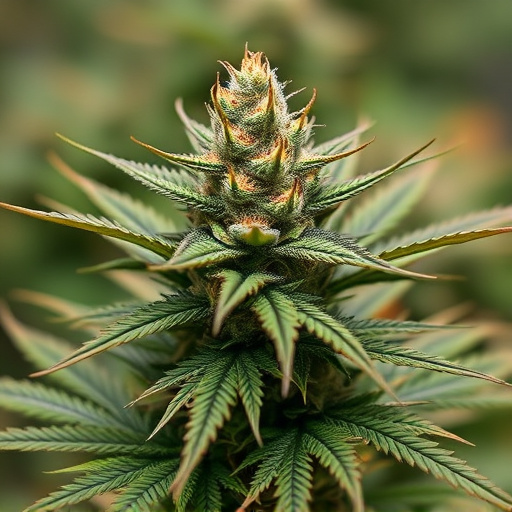
Cannabis flower’s medicinal properties stem from its intricate chemistry, where various compounds work in harmony to produce effects that benefit human health. The primary active components are cannabinoids, with Δ9-tetrahydrocannabinol (THC) and cannabidiol (CBD) being the most well-known. THC is responsible for the plant’s intoxicating effects, while CBD has gained popularity for its potential therapeutic benefits without the psychoactive properties.
These compounds interact with our body’s endocannabinoid system (ECS), a complex network of receptors present in various organs and cells. The ECS plays a crucial role in maintaining homeostasis—the body’s internal balance. By binding to specific receptors, cannabinoids can modulate pain perception, inflammation, mood, appetite, and memory, among other functions, making cannabis flower a promising therapeutic option for conditions like chronic pain, anxiety, epilepsy, and nausea associated with chemotherapy. Exploring the chemistry behind different strains, often considered the best cannabis strains, allows us to unlock tailored medicinal benefits.
Exploring the Best Cannabis Strains for Different Medical Conditions
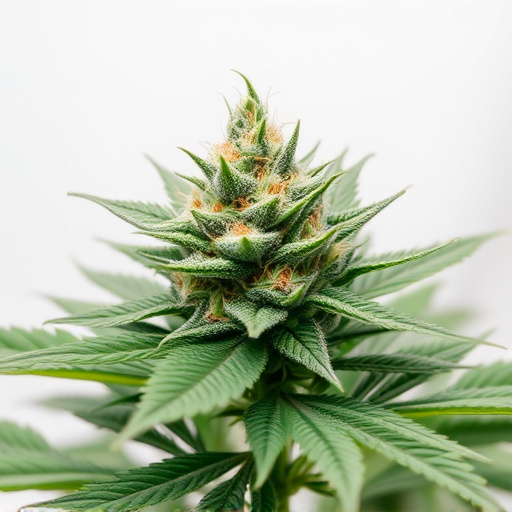
When exploring cannabis flower for medical benefits, selecting the right strain is crucial. Different conditions respond to various cannabinoids and terpenes found in cannabis. For example, patients seeking relief from chronic pain may find Indica strains more effective due to their high levels of THC, known for its analgesic properties. Conversely, those dealing with anxiety or depression might benefit more from Sativa strains, which often contain higher concentrations of CBD, a potent anti-inflammatory and mood regulator.
The best cannabis strains are often those that offer a balance of cannabinoids and terpenes tailored to specific needs. For instance, Blue Dream is beloved for its uplifting and energizing effects due to its blend of THC and CBD, making it suitable for treating stress and mild depression. Similarly, Northern Lights is renowned for its calming and sedative properties, ideal for alleviating insomnia and chronic pain. Exploring these best cannabis strains can help patients navigate the diverse landscape and find natural relief for their specific medical conditions.
The Science Behind Cannabis Compounds and Their Therapeutic Effects
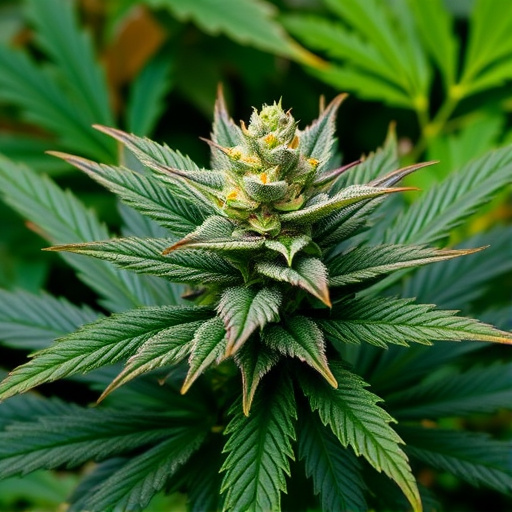
Cannabis flowers offer medical benefits through a complex interplay of compounds, primarily cannabinoids and terpenes. These chemical profiles vary across different strains, making some of the best cannabis strains highly sought after for specific therapeutic effects. For instance, tetrahydrocannabinol (THC), the primary psychoactive compound, has been shown to reduce chronic pain, stimulate appetite in patients with conditions like HIV/AIDS, and alleviate anxiety. However, THC’s psychological effects can be a double-edged sword.
Cannabidiol (CBD), another prominent cannabinoid, stands out for its potential therapeutic benefits without inducing psychoactive effects. Research suggests that CBD possesses anti-inflammatory, antiepileptic, anxiolytic, and antipsychotic properties. Terpenes, aromatic compounds responsible for cannabis strains’ distinctive scents, also contribute to their therapeutic attributes. These include linalool, known for its calming effects; myrcene, which has anti-inflammatory and analgesic properties; and limonene, associated with mood elevation and potential antiviral effects. Understanding these compounds and their interactions forms the basis for harnessing the best cannabis strains’ medical benefits.
Cannabis flower’s medical potential lies in its complex chemistry, offering a range of therapeutic benefits. By understanding the unique compounds and their interactions, we can navigate the vast variety of cannabis strains available, each with distinct properties catering to specific medical needs. Whether seeking relief for pain, anxiety, or inflammation, exploring the best cannabis strains tailored to individual conditions is a key step in harnessing this natural medicine’s power. The scientific exploration of its compounds continues to unveil innovative therapeutic possibilities, solidifying cannabis as a valuable asset in modern healthcare.
